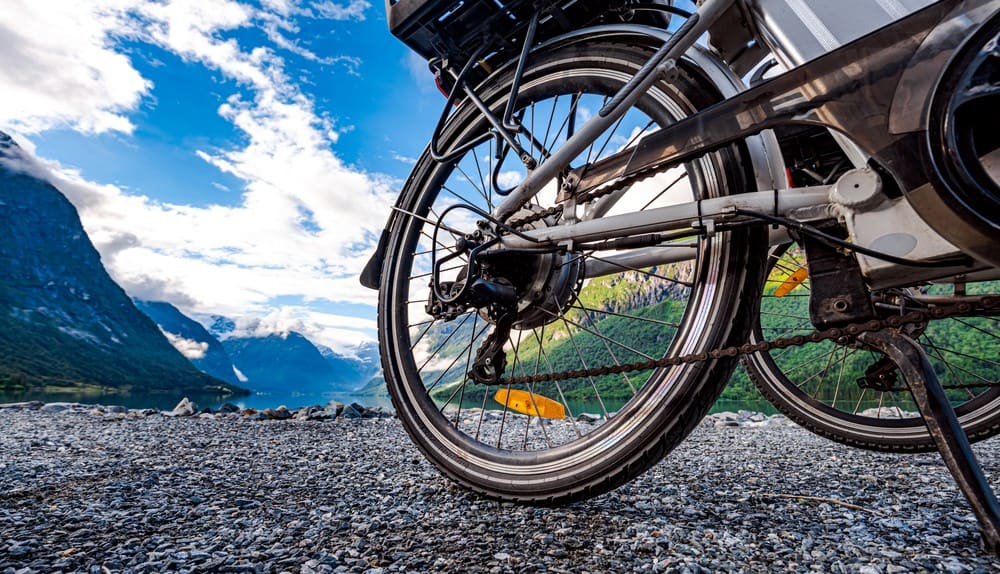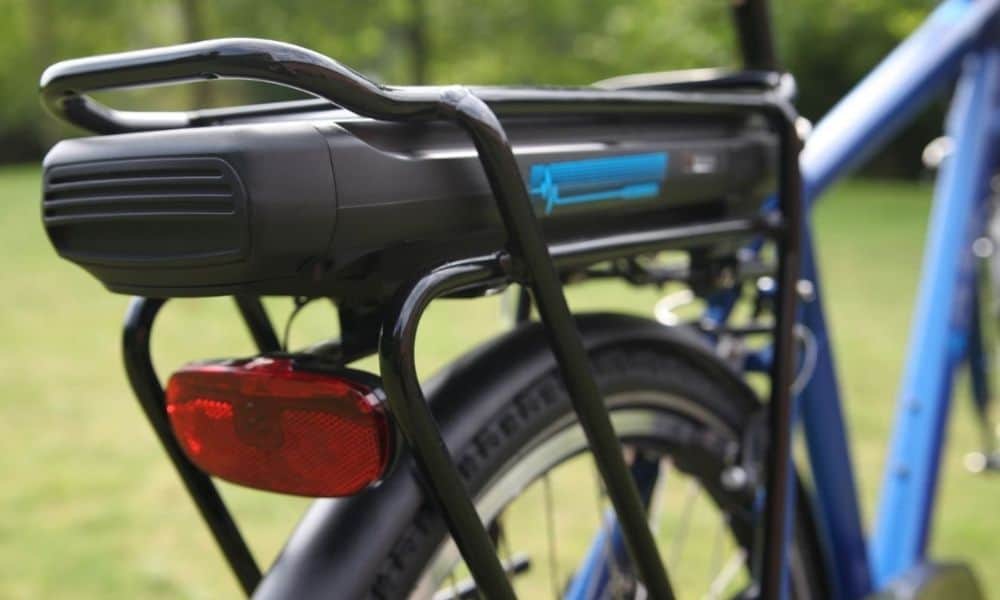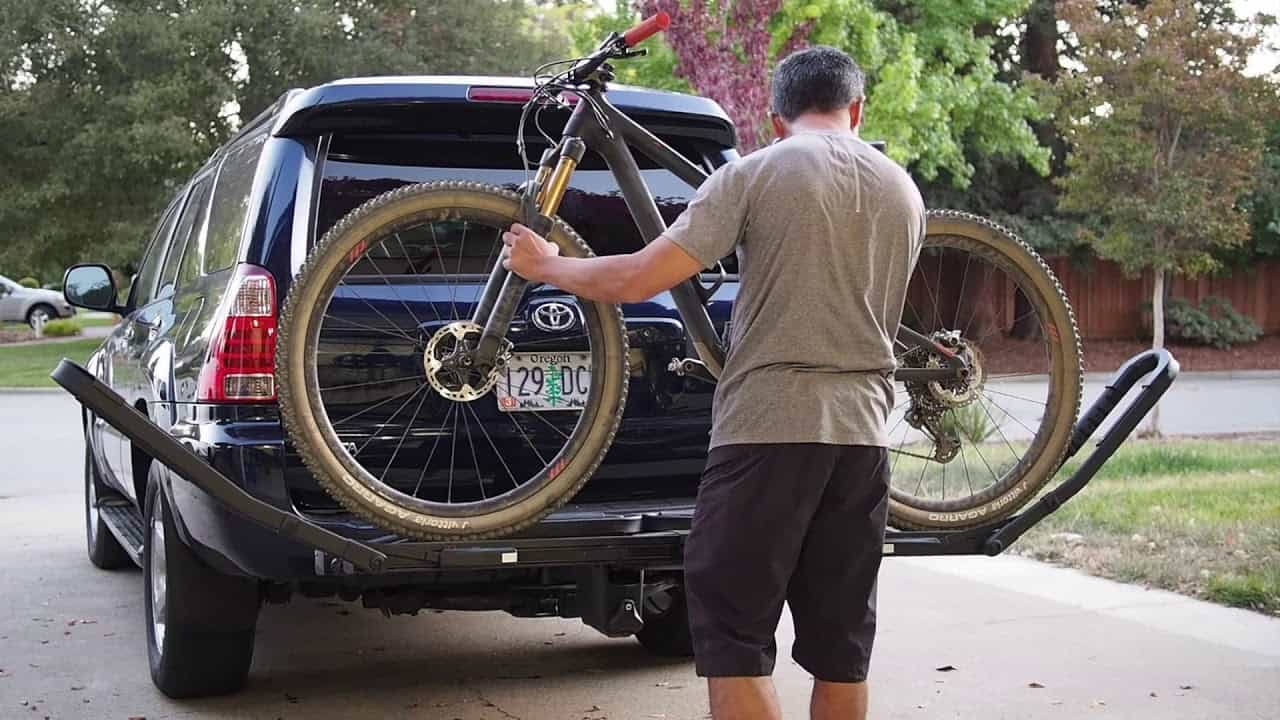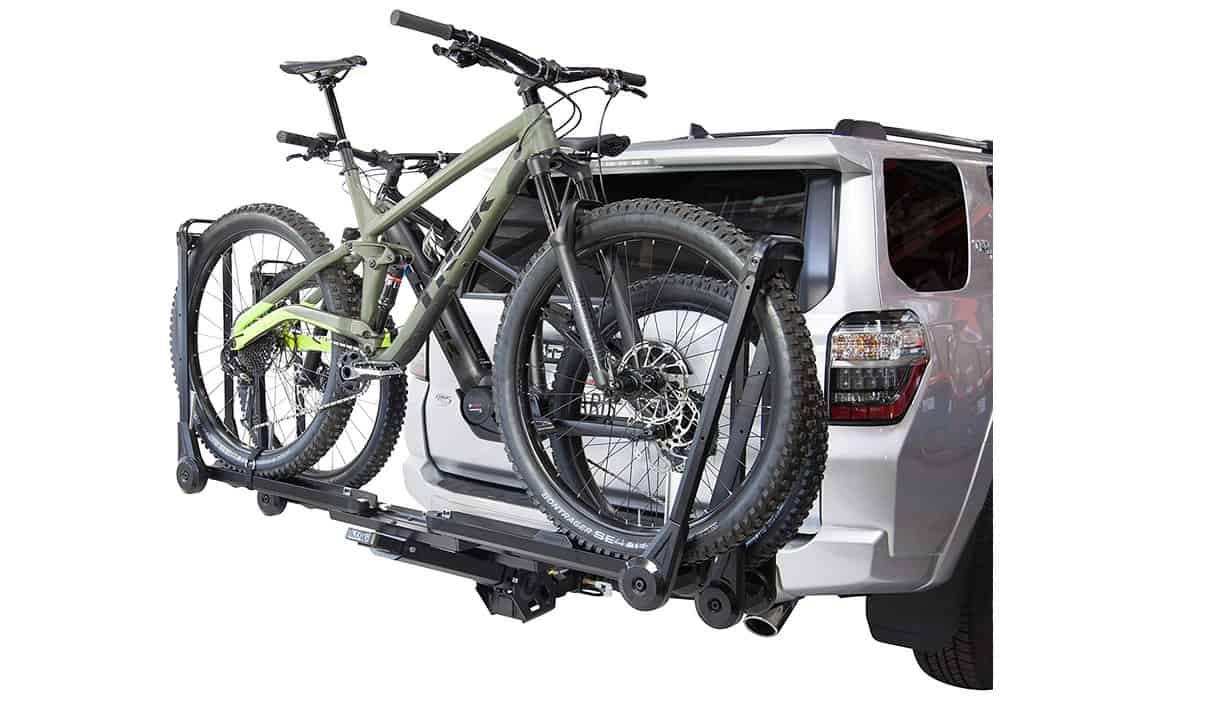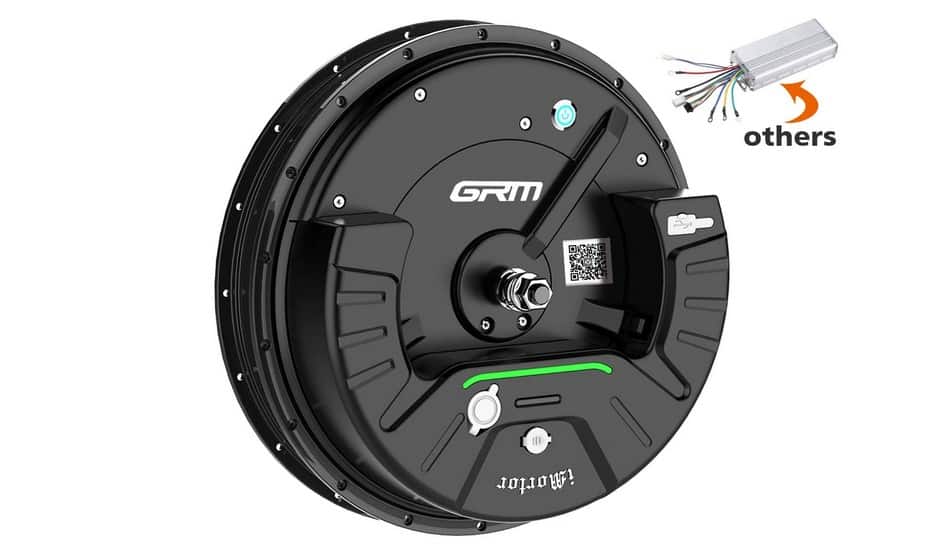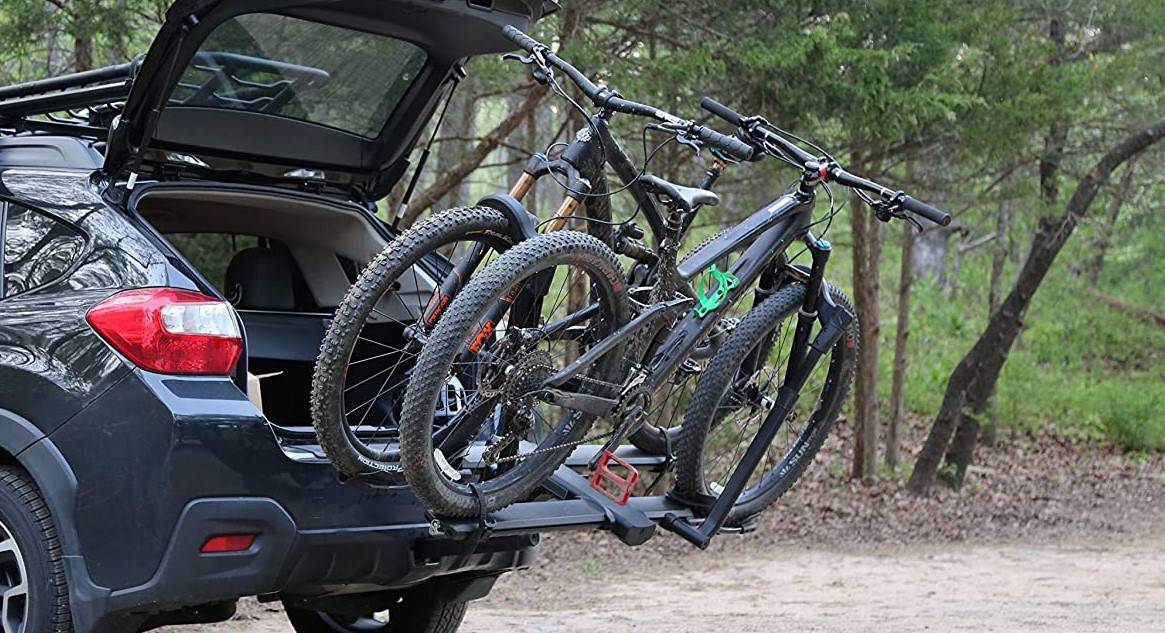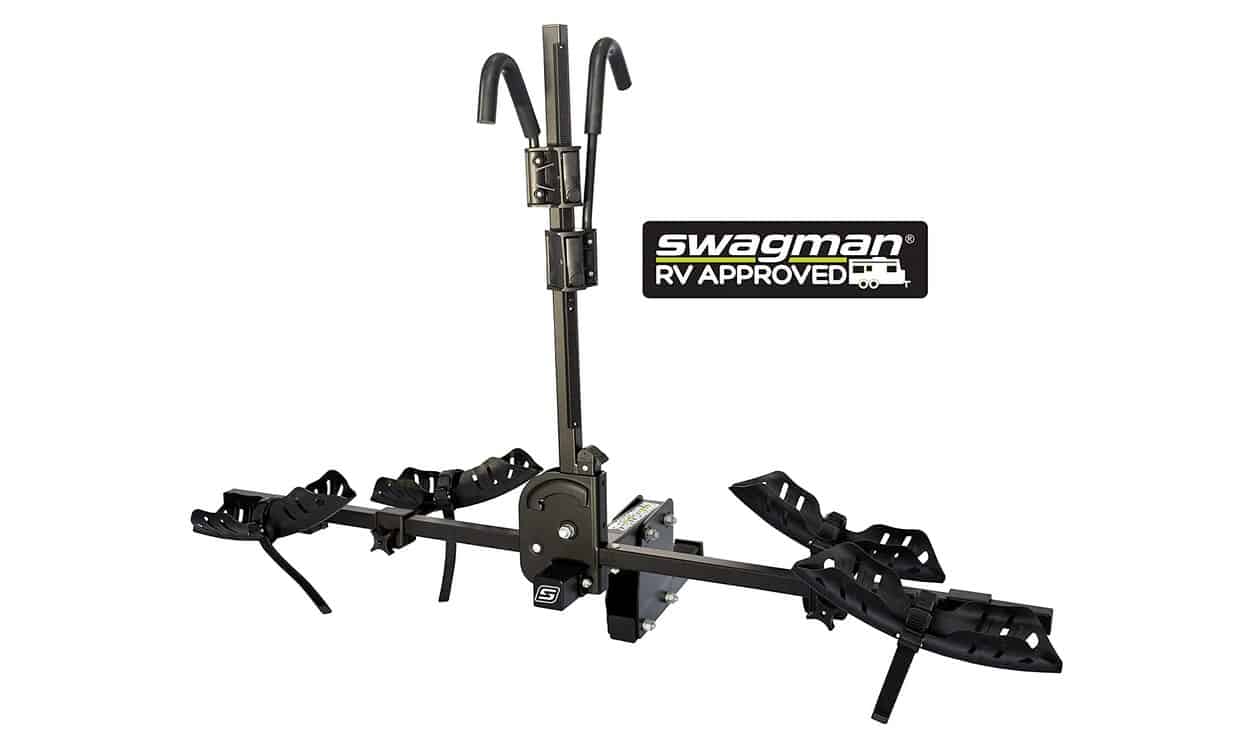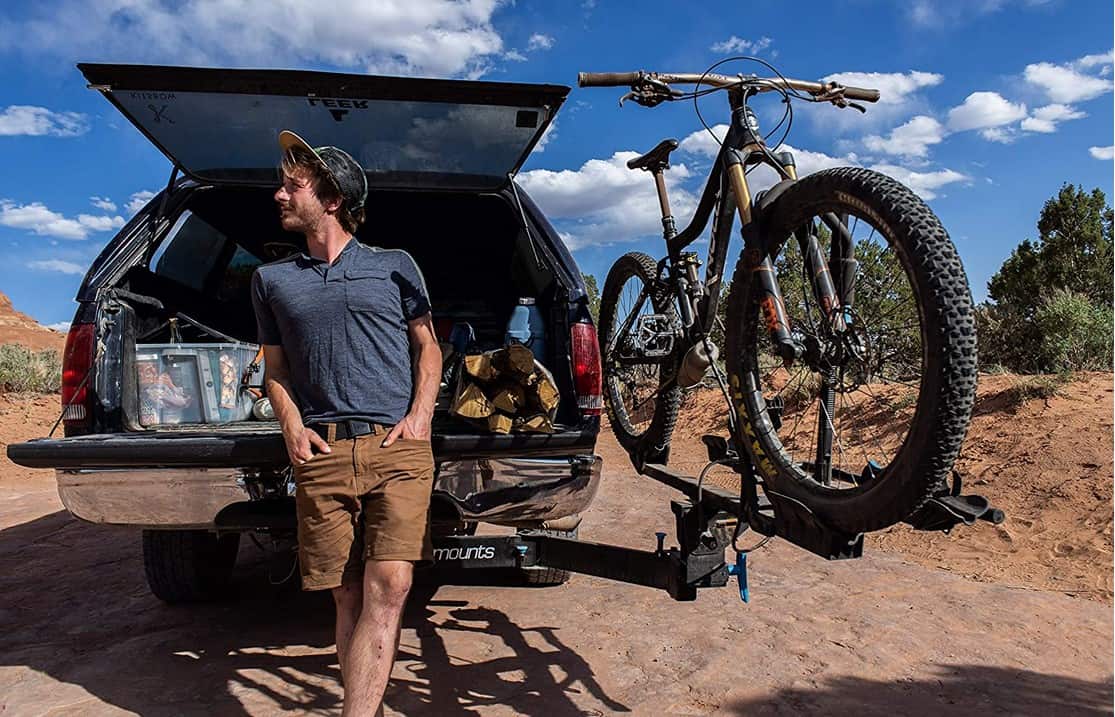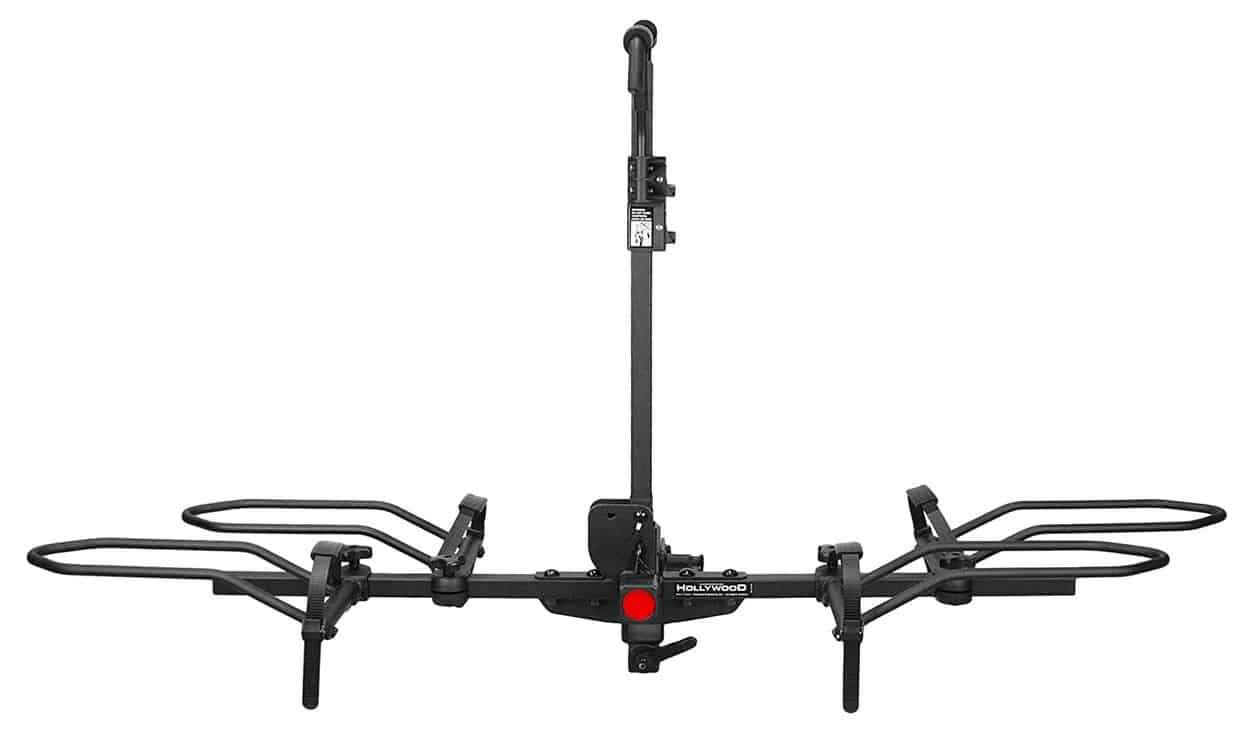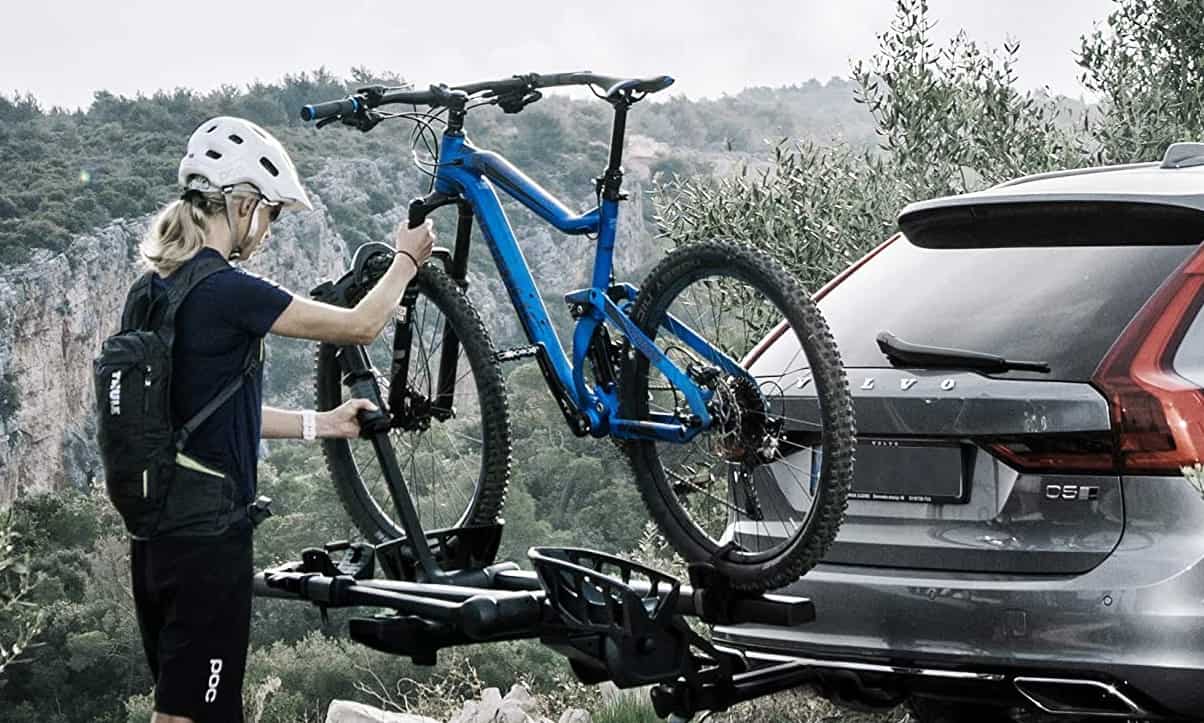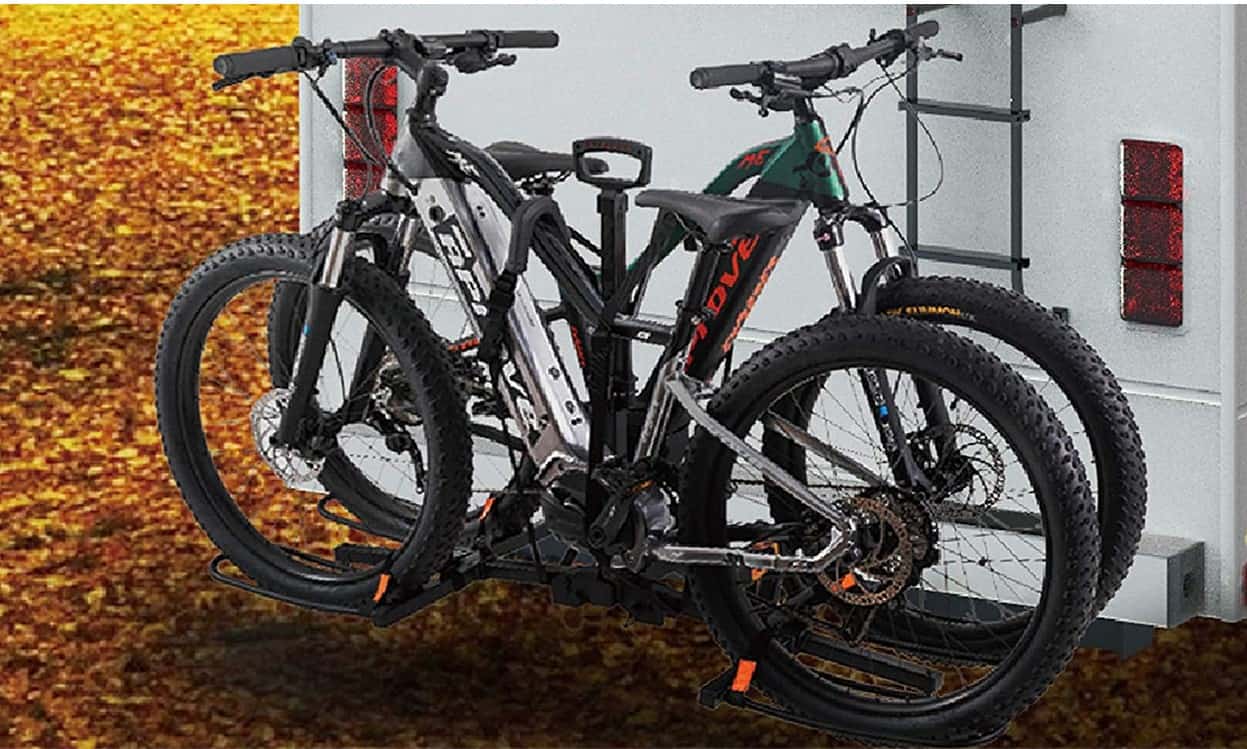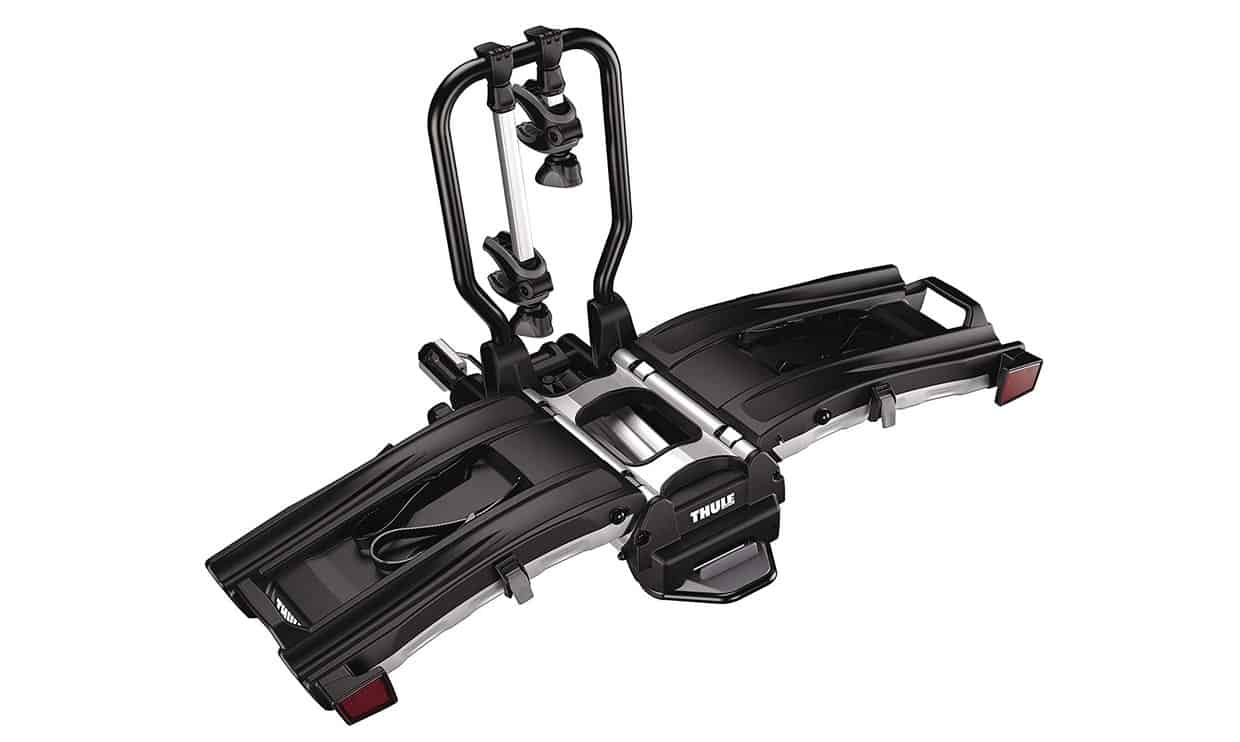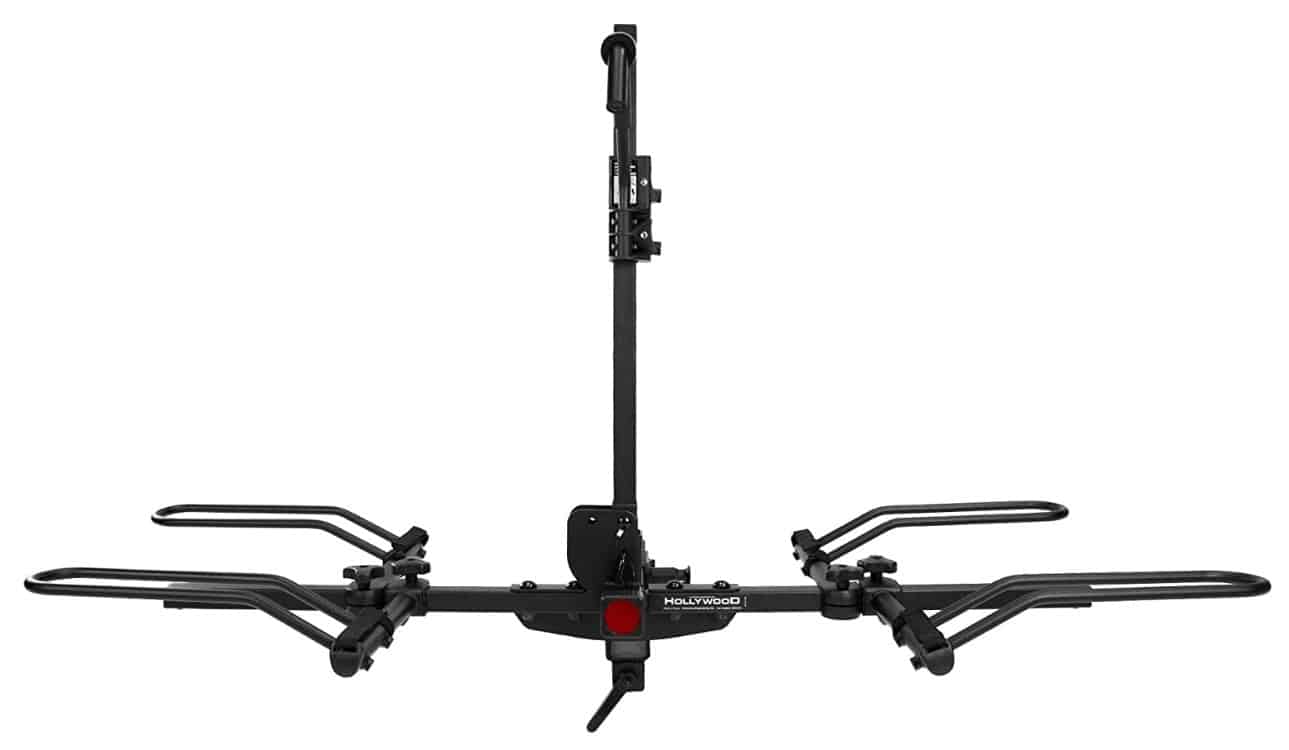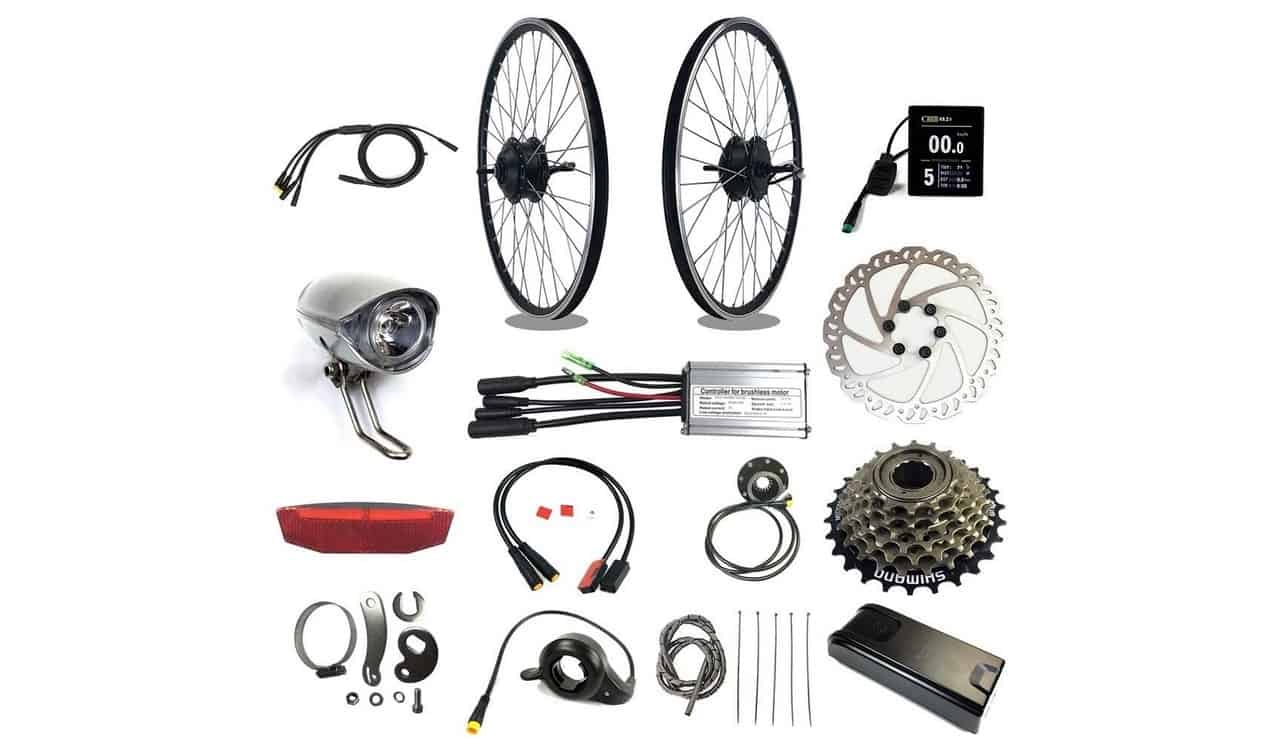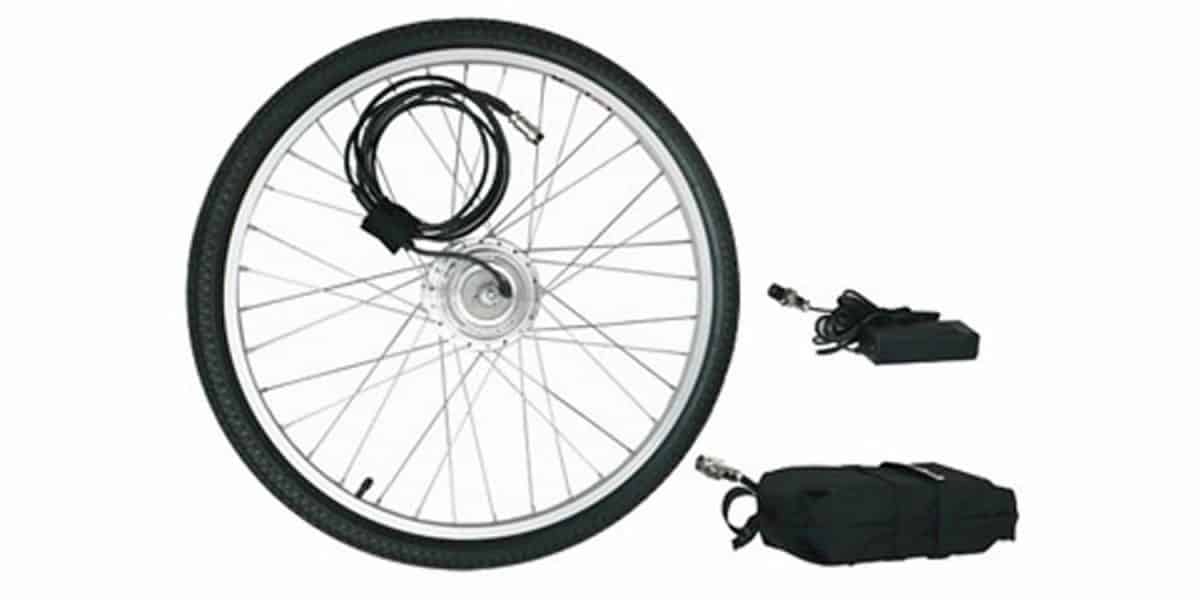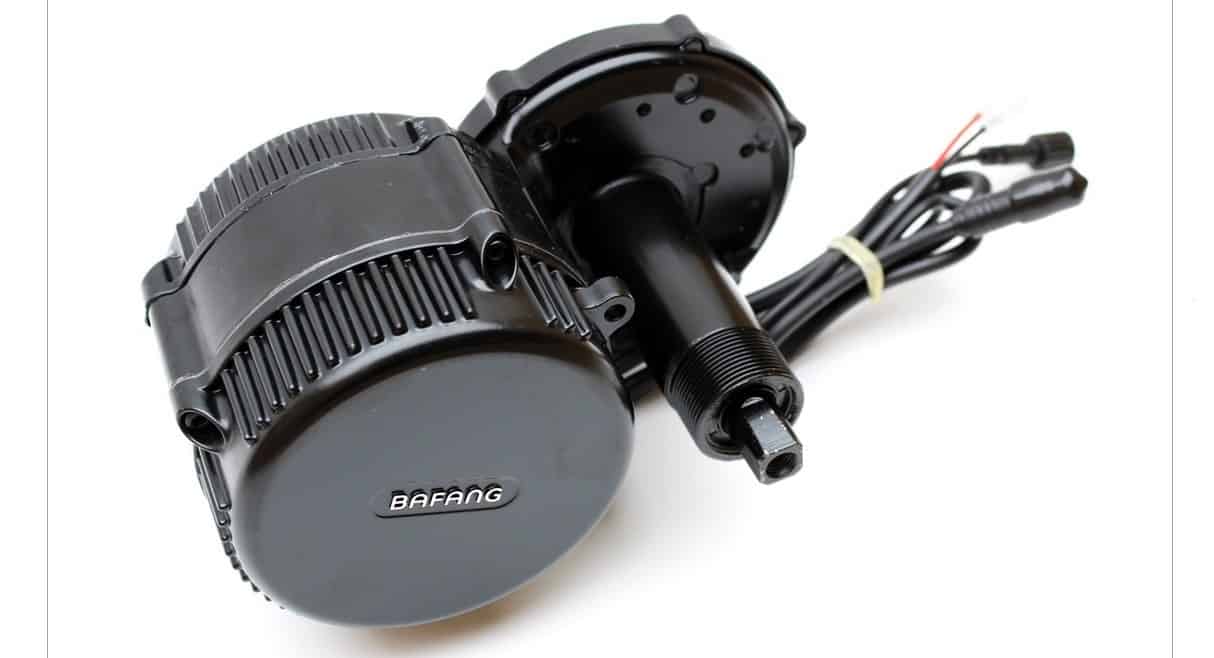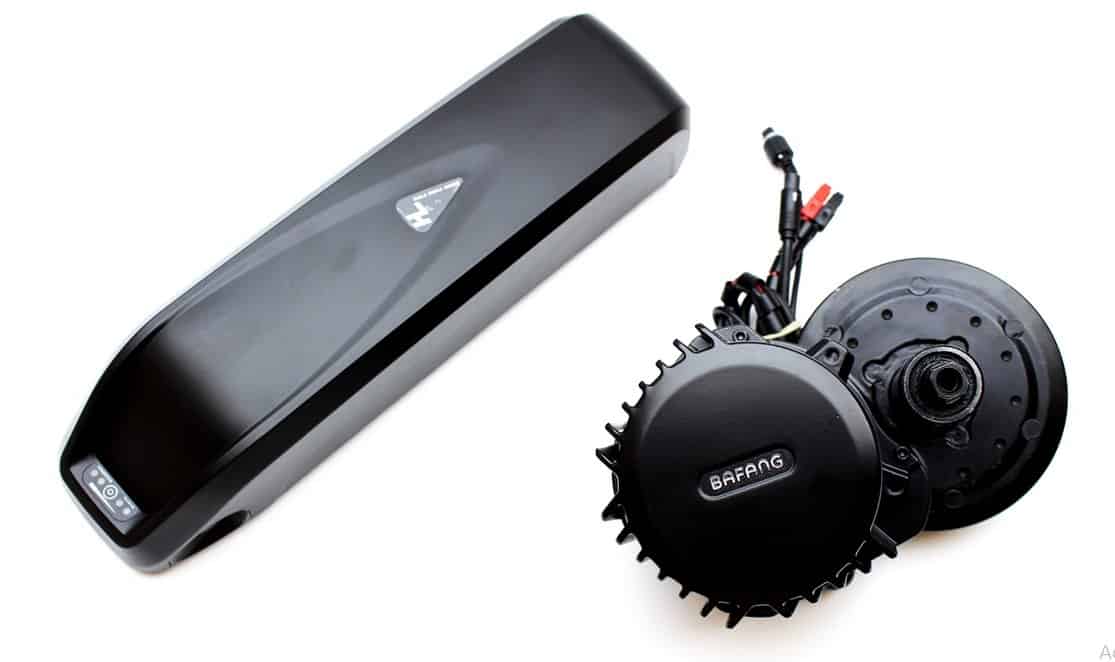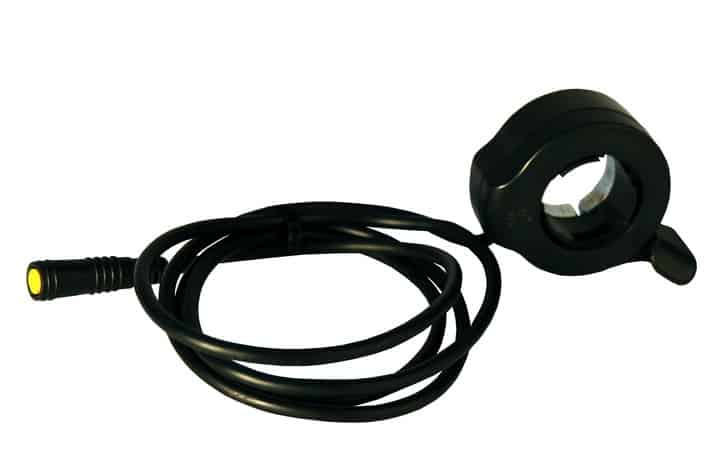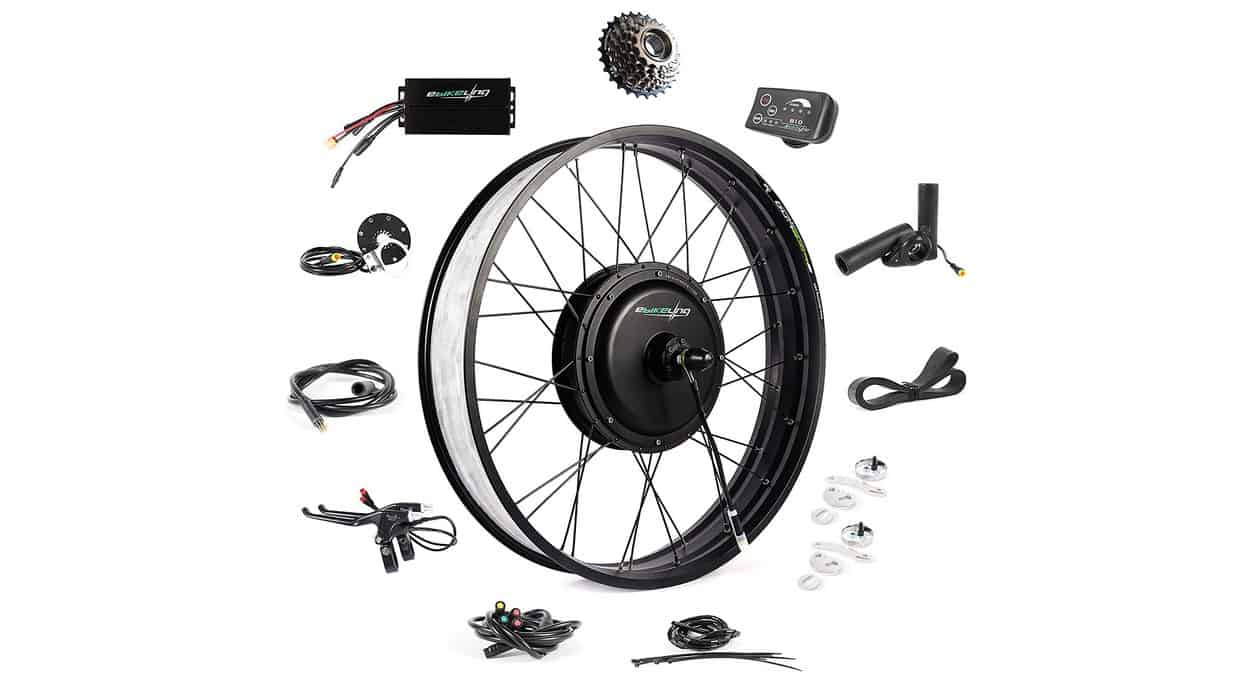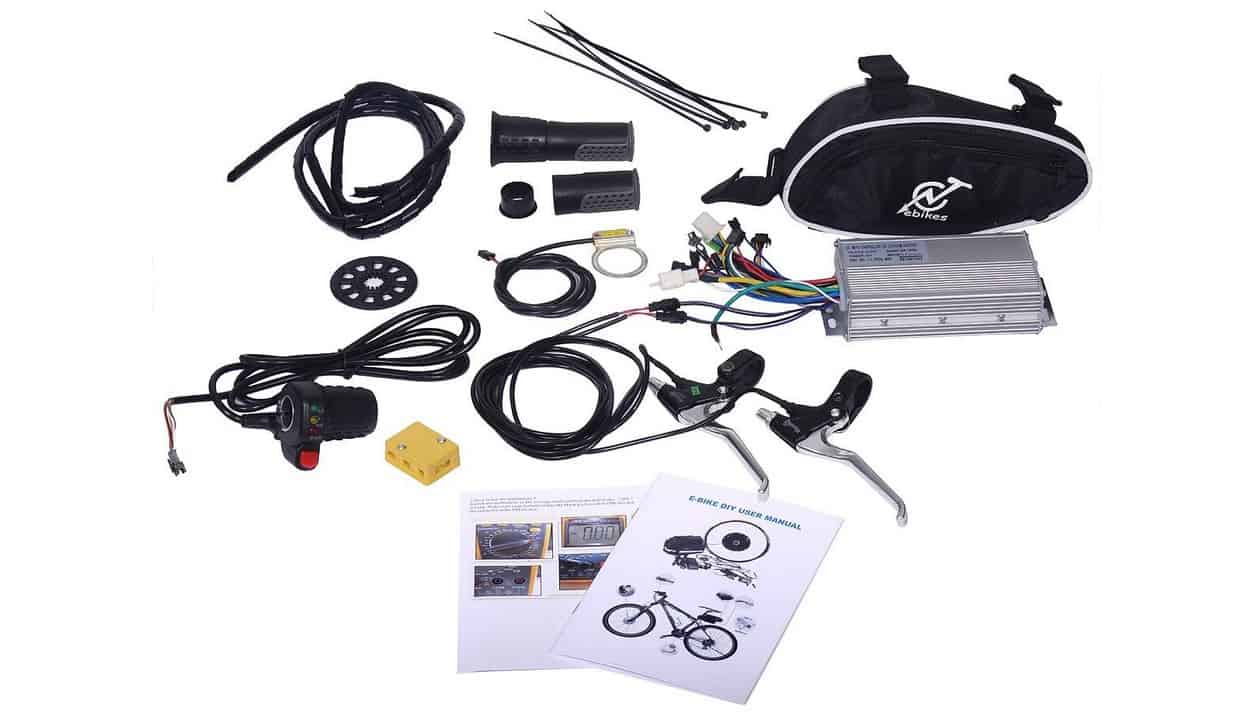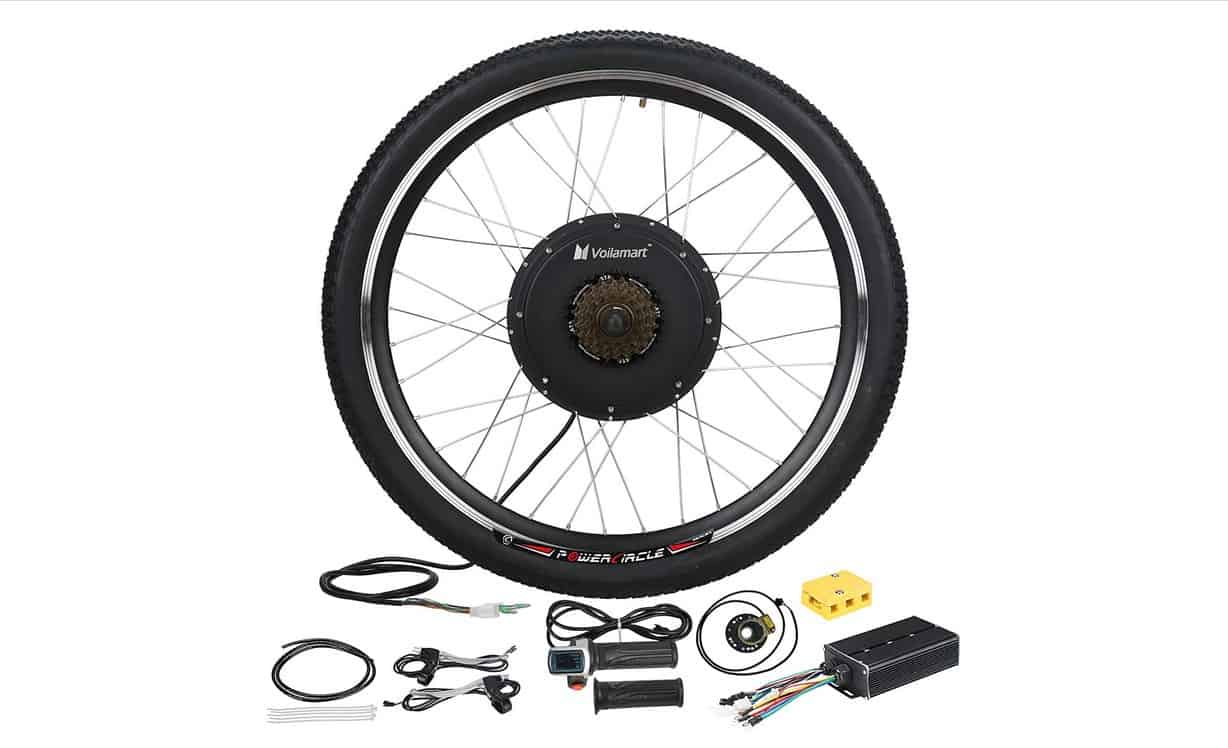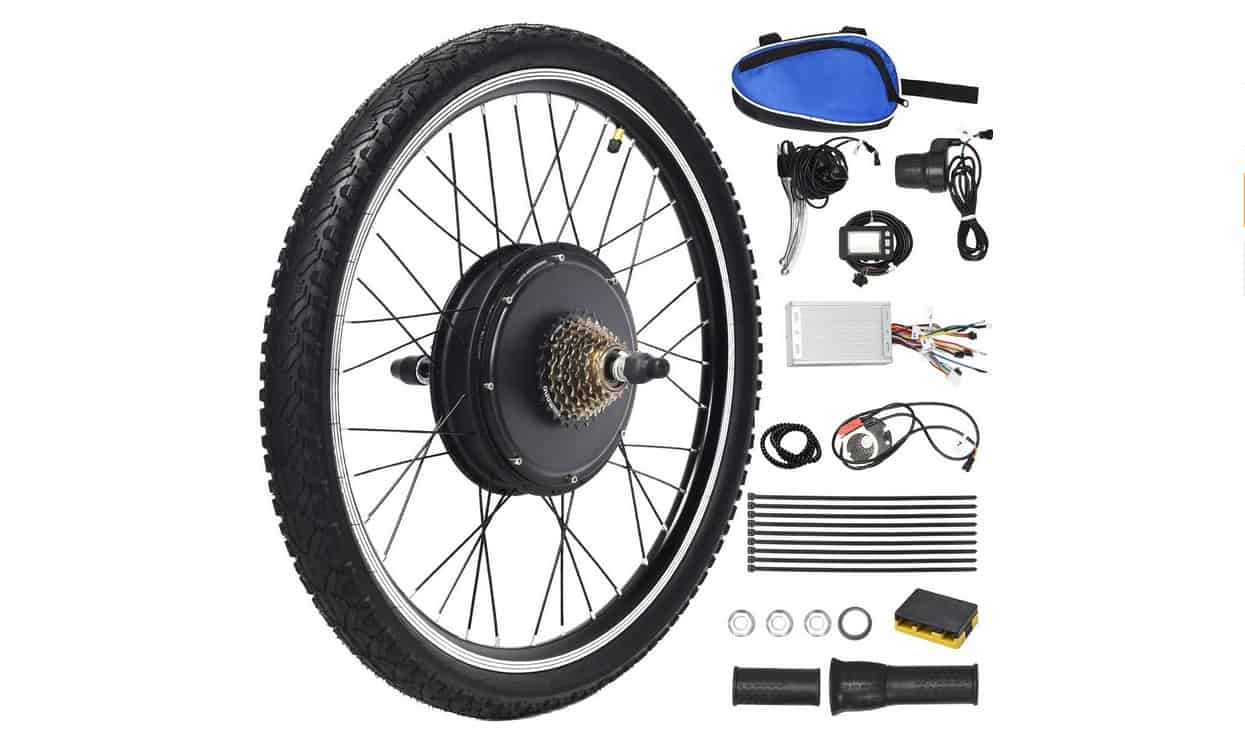Key Takeaways:
- There are seven main types of electric bikes
- With ebikes, a heavier weight is better since it offers faster speeds and better maneuverability
- eBike motors are activated either with pedal-assist or throttle-assist.
If you’re ready to amplify your biking game, you might be eyeing an electric bike. These motorized devices can make usually strenuous parts of cycling such as riding uphill significantly easier. But there are so many different types of electric bikes, and the criteria for picking the right electric bike for your needs are slightly different from a traditional bicycle. So, consider this a crash course in all things e-bikes.
What are Electric Bikes?
Electric bikes are pretty much how they sound. Unlike a classic bike, they’re outfitted with a lithium-ion battery and a motor. When activated, these motors help to propel the bike forward, taking much of the legwork (pun intended) off of the rider. Because they’re powered by a lithium-ion battery, you can recharge them.
Tip: When activated, these motors help to propel the bike forward, taking much of the legwork (pun intended) off of the rider
Electric Bike Categories
There are a wide variety of electric bike styles. And depending on how you plan on using an e-bike, some models are better suited than others.
Folding Electric Bikes
These space-saving bikes are ideal because they’re collapsible and can be stored in small spaces when not in use. This bike is perfect for commuters or people that live in smaller homes and apartments.
Tip: These space-saving bikes are ideal because they’re collapsible
Commuting Electric Bikes
Commuting electric bikes are sometimes called hybrid electric bikes. This is because these models usually have road bike-style wheels and mountain bike handlebars. They have larger batteries and are intended for long-distance rides.
Racing Electric Bikes
Racing electric bikes are usually lighter in weight but can be very expensive because they have thinner frames and forward-curved handlebars. If speed is a priority, racing bikes should be on your shortlist.
Warning: Racing electric bikes are usually lighter in weight but can be very expensive because they have thinner frames and forward-curved handlebars
Mountain Electric Bikes
Mountain electric bikes are usually heavier but offer the most versatility. These bikes can go on or off-road while providing a better suspension that’s smoother with less impact from bumps.
Cruiser Electric Bikes
Cruiser electric bikes are a heavier type of bicycle but provide a more comfortable ride. This is because of their large, soft seats, and wider handlebars.
Tip: Cruiser electric bikes are a heavier type of bicycle but provide a more comfortable ride
Fat Tire Electric Bikes
Fat tire electric bikes are very similar to mountain electric bikes with an off-road style design. They tend to be heavier but also feature wider tires which provide more stability.
Tip: Fat tire electric bikes are very similar to mountain electric bikes with an off-road style design
Comfort Electric Bikes
Comfort electric bikes are nearly identical to cruiser bikes and also give riders a more comfortable ride.
eBike Weights
With traditional bikes, a lighter is better. The lighter your bicycle, the easier it is for you to propel yourself forward since your legs are the only source of power. But with electric bikes, there are times when a heavier bike makes more sense. Most electric bikes range between 30 to 80 pounds.
Tip: But with electric bikes, there are times when a heavier bike makes more sense
Why Bigger is Better
Electric bikes range from lighter to heavier in weight. But an e-bike’s weight can influence performance when you’re riding. You might be surprised to find that heavier electric bikes can help you achieve faster speeds and even improve maneuverability, as well as the total distance you can cover on a single charge.
Tip: But an e-bike’s weight can influence performance when you’re riding
Factors that Contribute to Weight
Most electric bikes weigh anywhere from 38 to 70 pounds. Some of the main factors that contribute to a bike’s weight include the frame materials, the battery type, and the motor size.
So which is better, a Light or Heavy Bike?
This depends on your riding goals. As we’ve mentioned, e-bikes are available in a variety of weights. However, you can’t rely just on weight since they’re classified by performance goals. With eBikes, larger batteries and motors support farther distances as well as minimize the total amount of energy that you need to exert as you ride them when the motor is activated.
Activating an eBike Motor
People learning about an electric bike for the first time might be surprised to find that although it features a lithium-ion battery and a motor, the bike isn’t automatically “on” once you begin using it.
There are usually one of two ways to trigger the powered mode in an electric bike — throttles and pedal assist. The two systems both allow the motor to assist while you pedal, but they operate in different ways. And understandably, both have benefits and risks associated with them.
Warning: the bike isn’t automatically “on” once you begin using it
Tip: There are usually one of two ways to trigger the powered mode in an electric bike — throttles and pedal assist
Pedal Assist for Controlled Help
Of the two options, pedal-assist electric bikes can only trigger the motor when you use the pedals to activate it. When activated, the bike’s motor increases the power behind every pedal stroke. The benefit is that you have more control and gradually increase the speed depending on how hard you pedal.
Tip: Of the two options, pedal-assist electric bikes can only trigger the motor when you use the pedals to activate it
Tip: The benefit is that you have more control and gradually increase the speed depending on how hard you pedal
Pedal Assist Sensors Matter
Pedal-assist bikes rely on sensors to trigger the motor. But because you still have to put in work to activate the motor on a pedal-assist bike, you’ll want to pay attention to the type of sensors your bike has. The two options include torque sensors and cadence sensors. Torque sensors are more intuitive and automatically adjust the motor’s output to match the amount of power you’re producing with the pedals.
Cadence sensors aren’t intuitive. Instead, they offer a steady level of power depending on the assist level you select to match your pedaling. Because of this, a major drawback of cadence sensors is that you could overexert yourself but still receive the same amount of power from the motor.
Throttles for an Immediate Boost
Unlike pedal-assist e-bikes, throttles don’t depend on your pedaling speed to activate the motor. Simply touch the throttle — usually on the handlebars — and the motor is activated. Throttle-based e-bikes can be nice because you don’t have to keep pedaling and the motor will completely take over.
Tip: throttles don’t depend on your pedaling speed to activate the motor
The downside of this can be that it’s easy to lose control of a throttle ebike. Because the motor automatically takes over and is producing a consistent rate of speed, many riders may find that the bike “gets away from them” and can cause injuries or accidents since your pedaling doesn’t control the bike.
Warning: The downside of this can be that it’s easy to lose control of a throttle ebike
STAT:
Electric bike sales jumped by an incredible 91 percent from 2016 to 2017 and then another 72 percent from 2017 to 2018 to reach an impressive $143.4 million, according to the market research firm NPD Group. (theverge.com)
This means that for every pedal stroke made by a rider, the drive unit will provide an additional 25-80% on top of this, up to 250 watts or 25kph. (bikeexchange.com)
Sources:
https://www.thebikeshoppe.com/articles/electric-bike-buyers-guide-pg1415.htm
https://www.theverge.com/2019/10/10/20904414/electric-bikes-ebike-guide-rideables-battery-how-to-buy-price
*https://electrek.co/2019/04/18/how-to-buy-first-electric-bicycle/
https://www.rei.com/learn/expert-advice/how-to-choose-an-ebike.html
https://en.wikipedia.org/wiki/Electric_bicycle

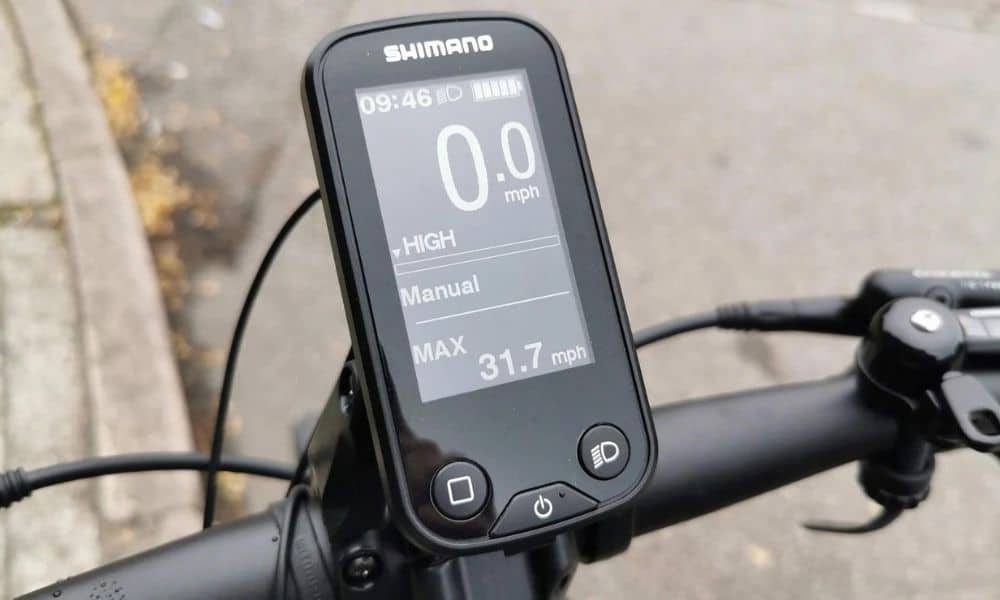














![Best Batteries for Electric Bikes in [year] 7 Best Batteries for Electric Bikes in 2026](https://www.gadgetreview.dev/wp-content/uploads/best-battery-for-electric-bike.jpeg)
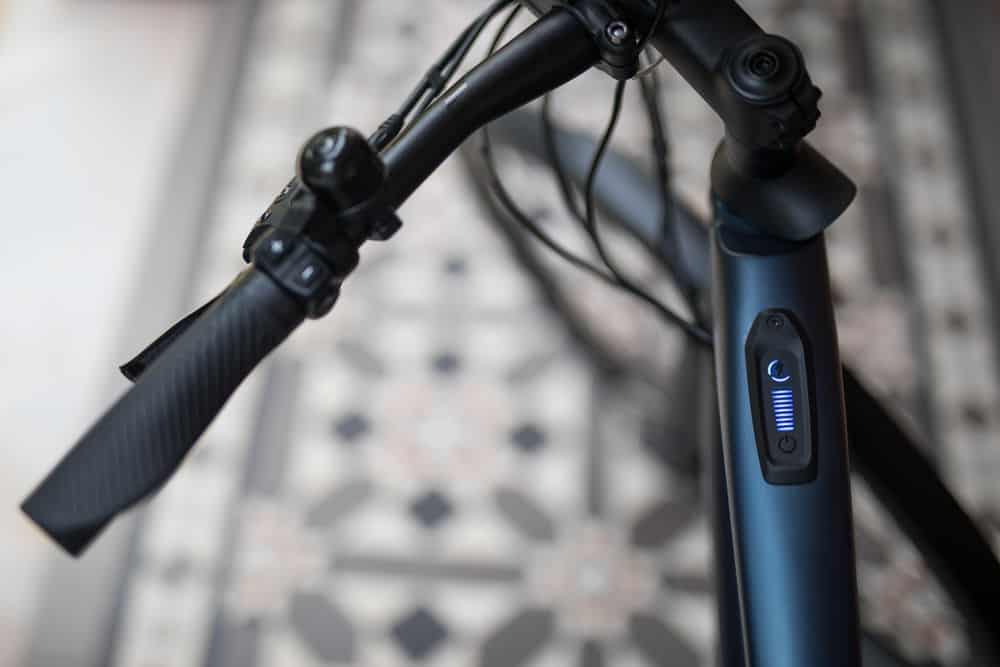
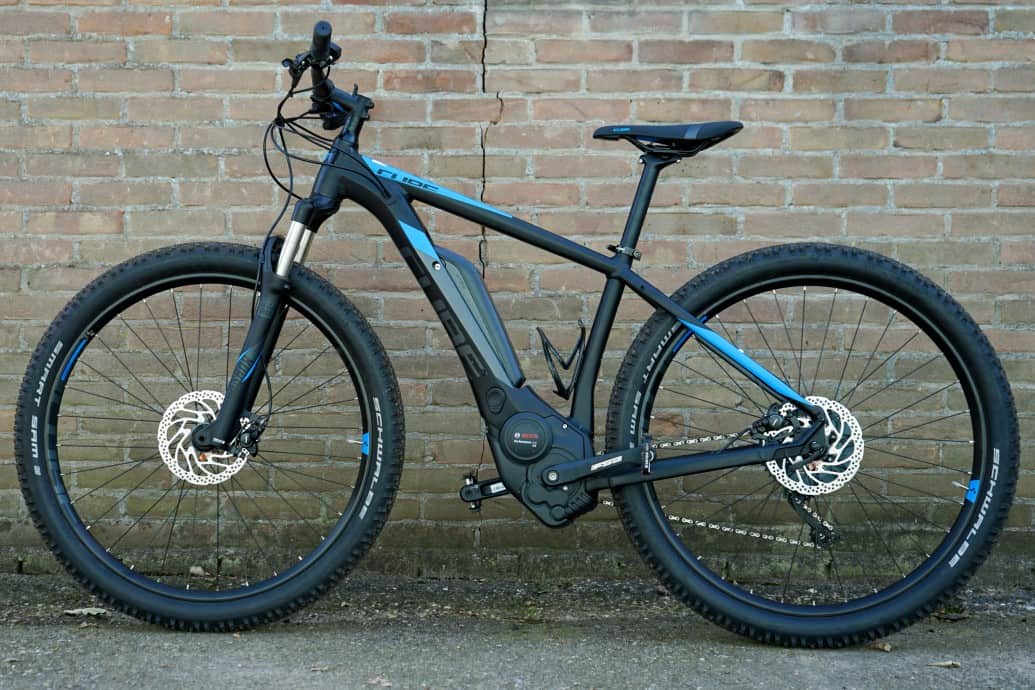
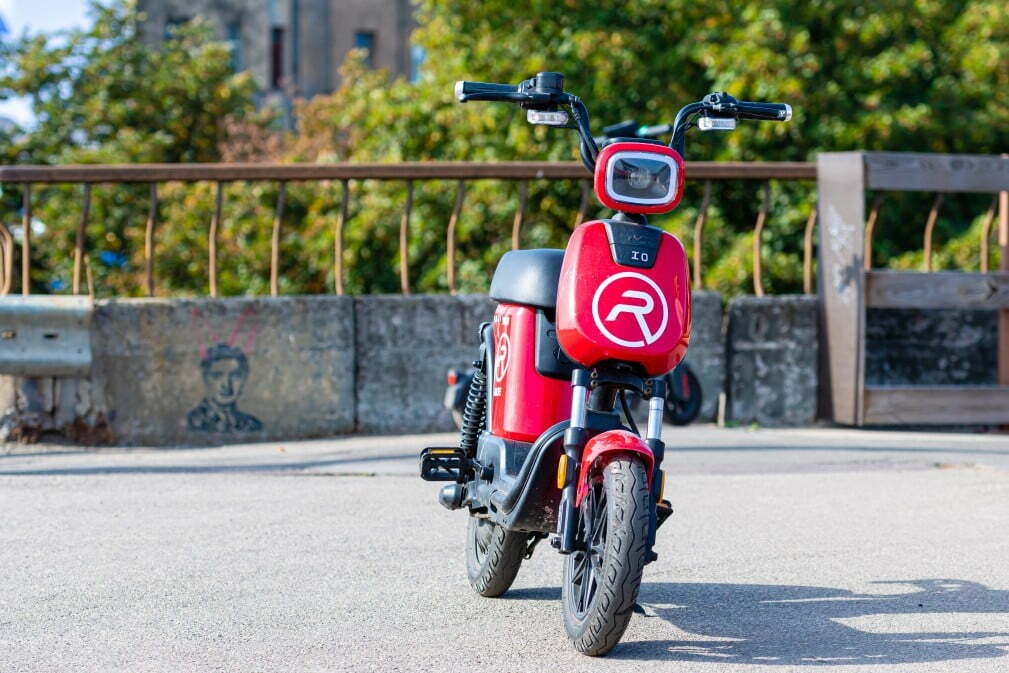
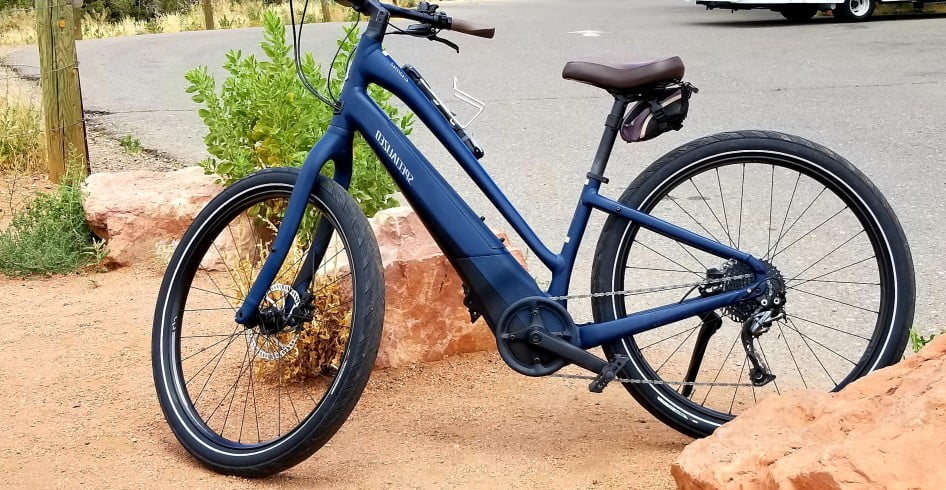
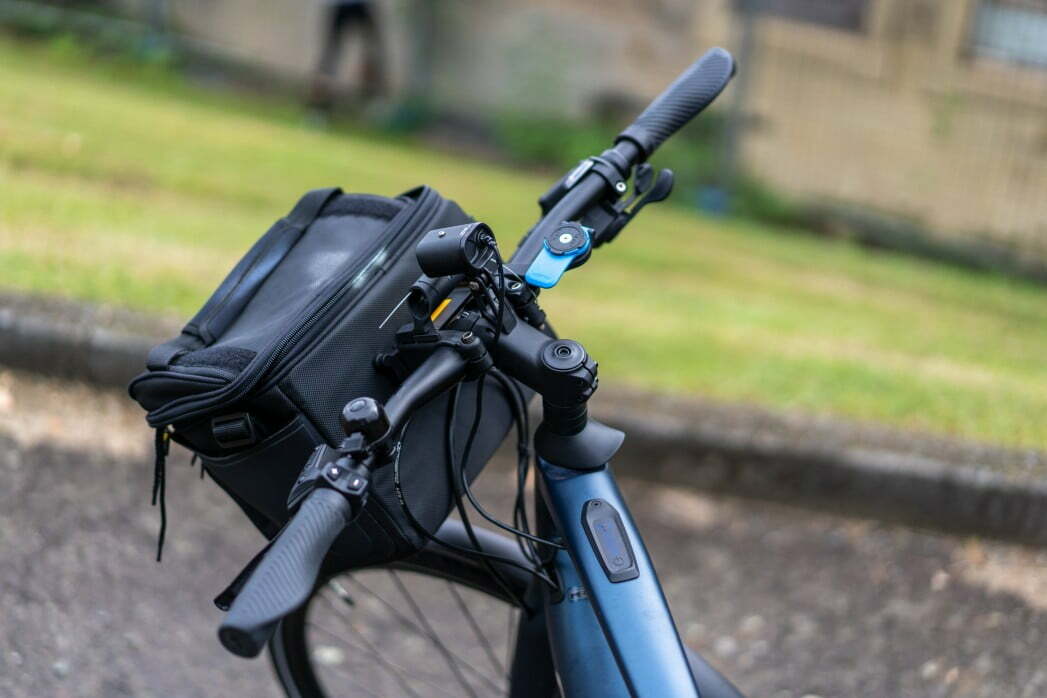
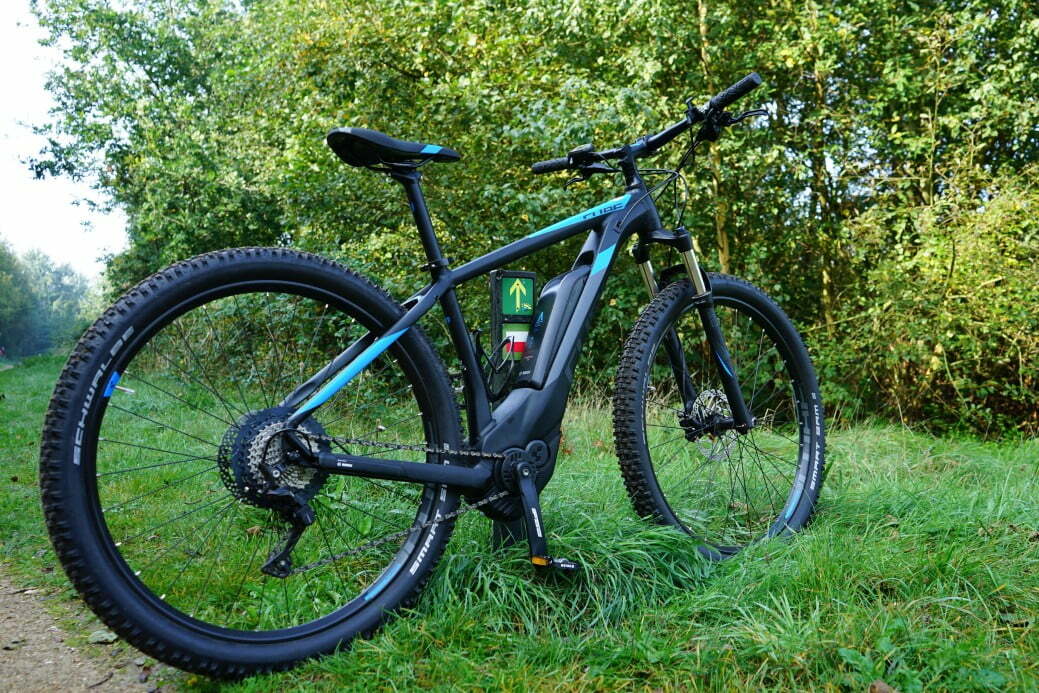
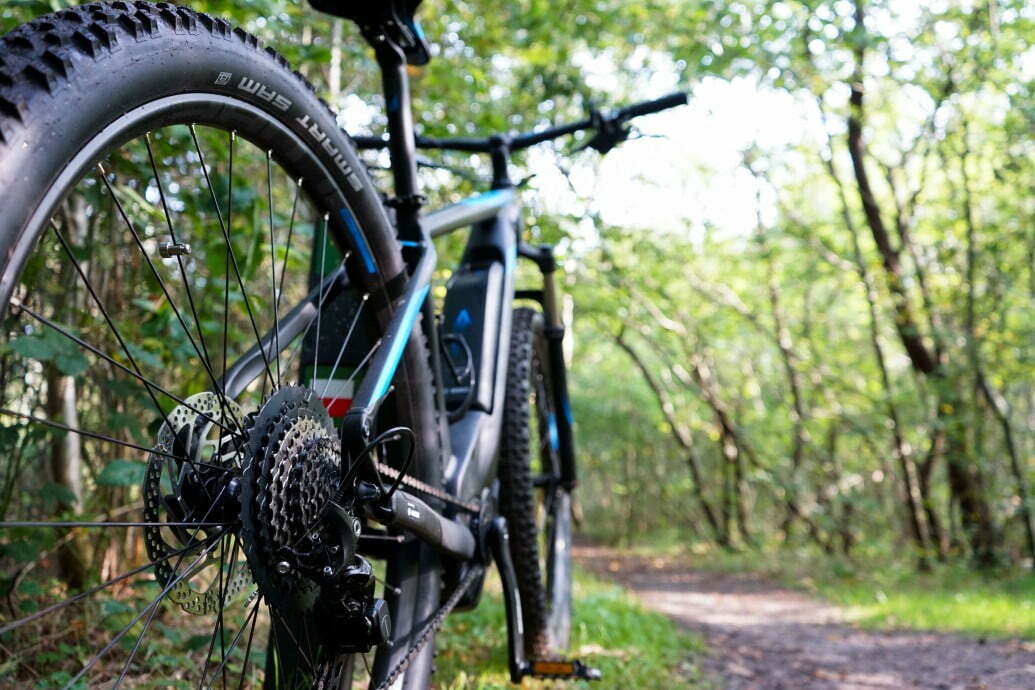
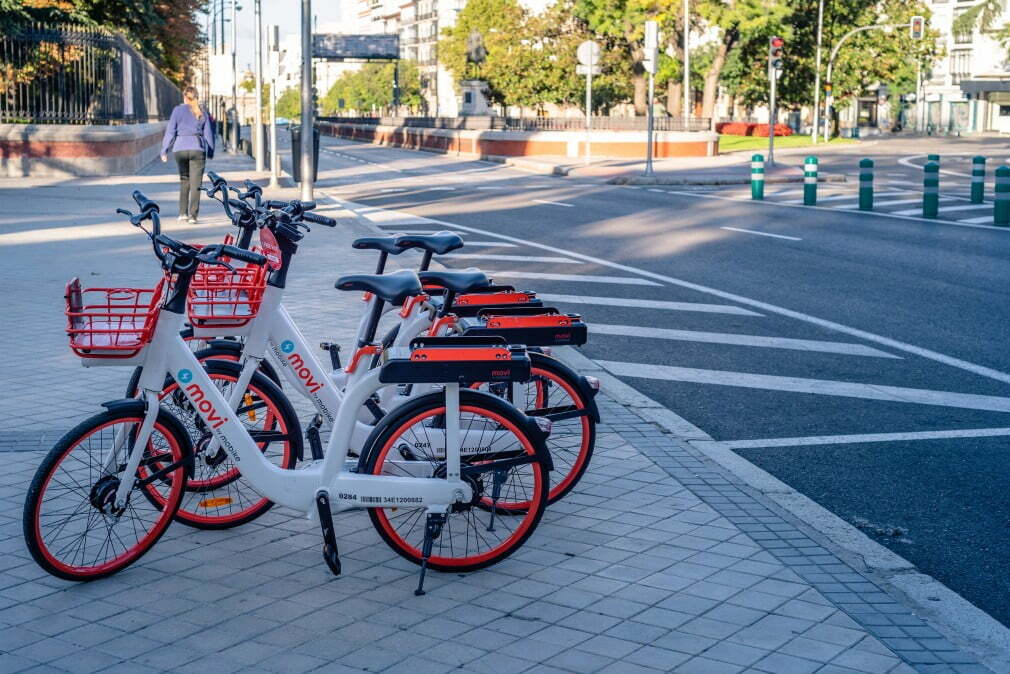
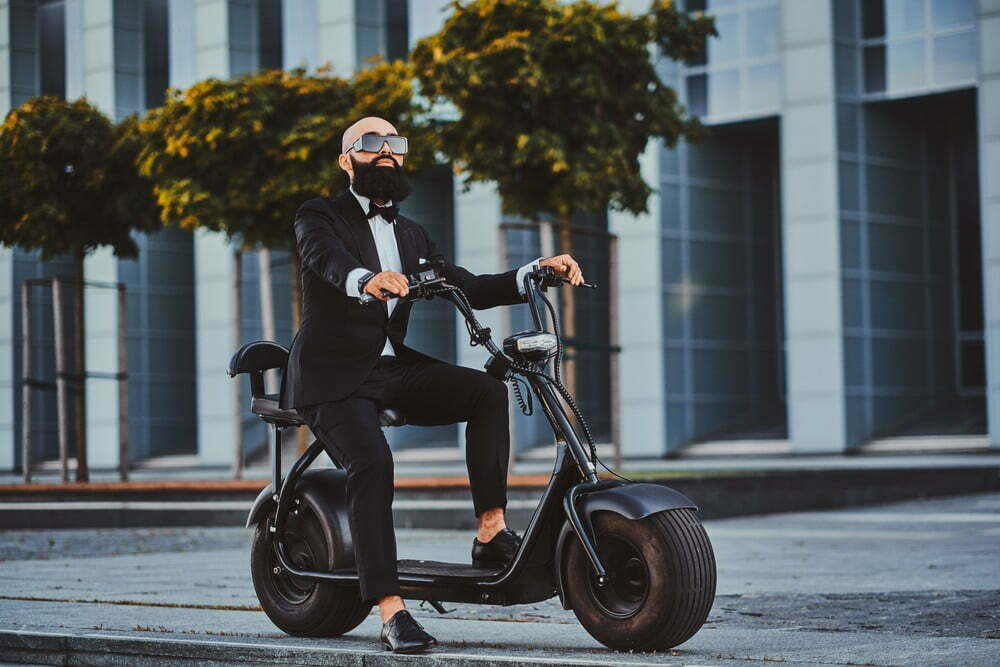
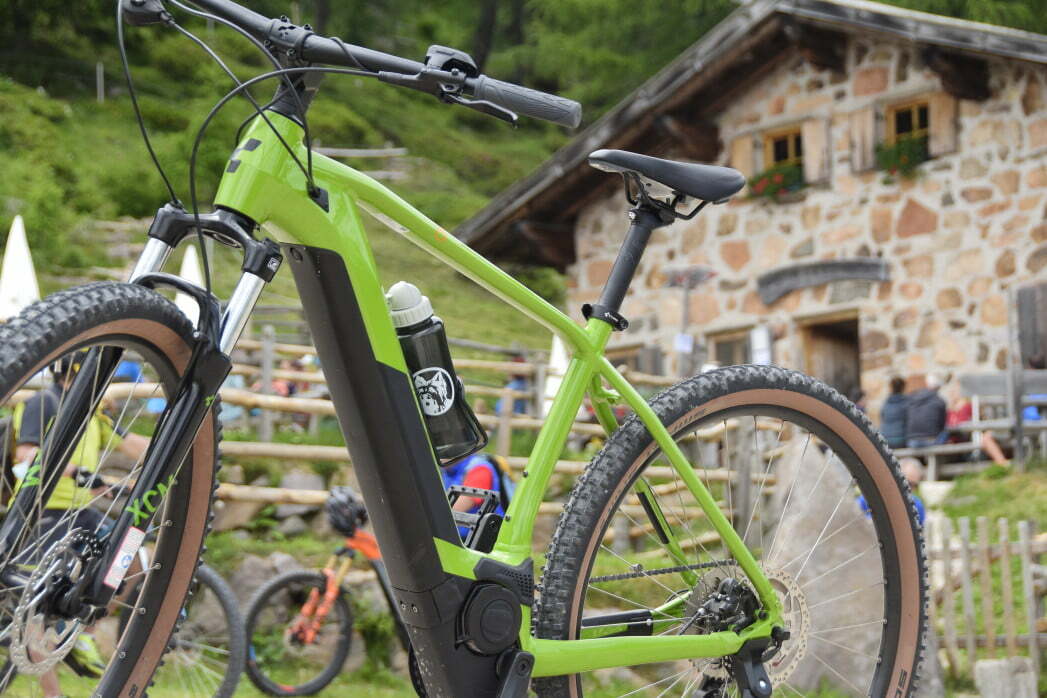
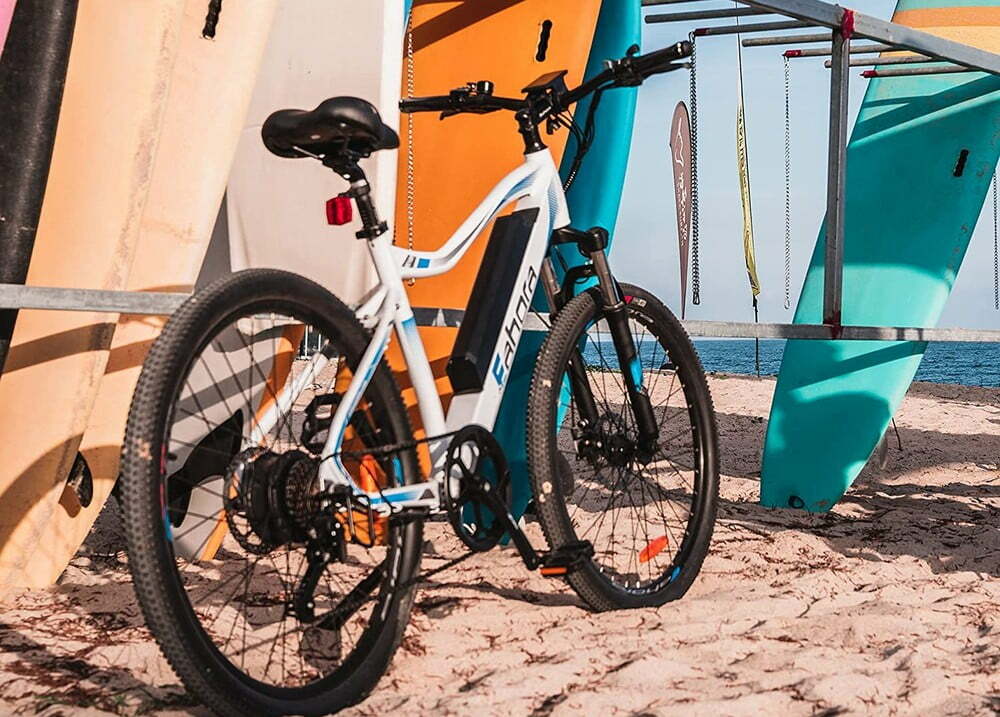
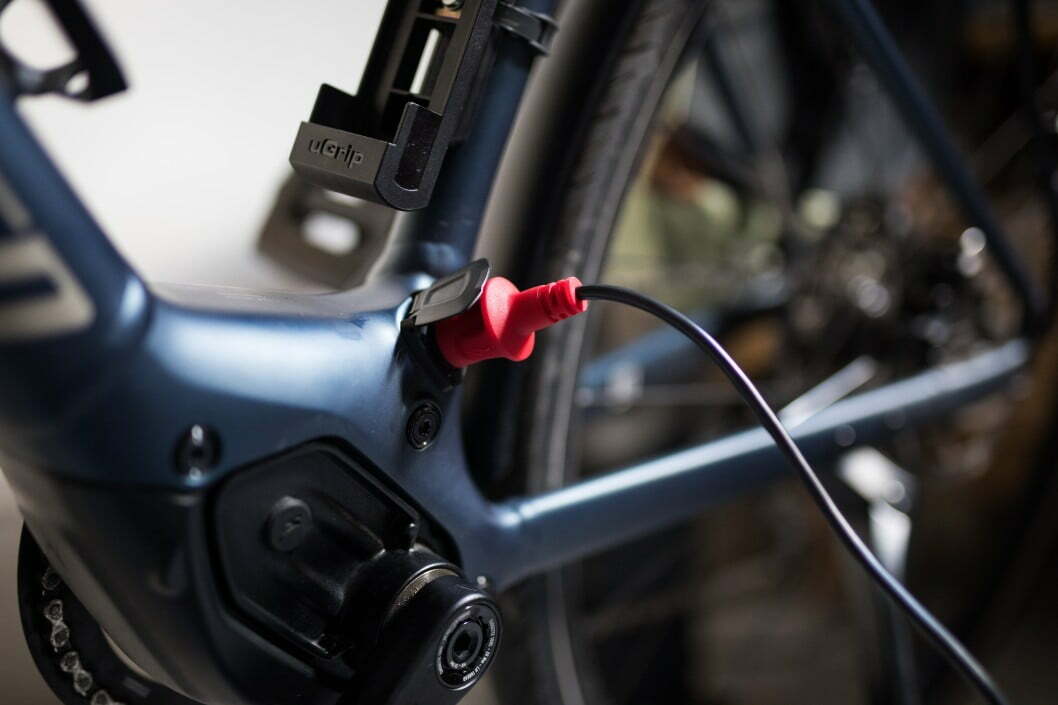
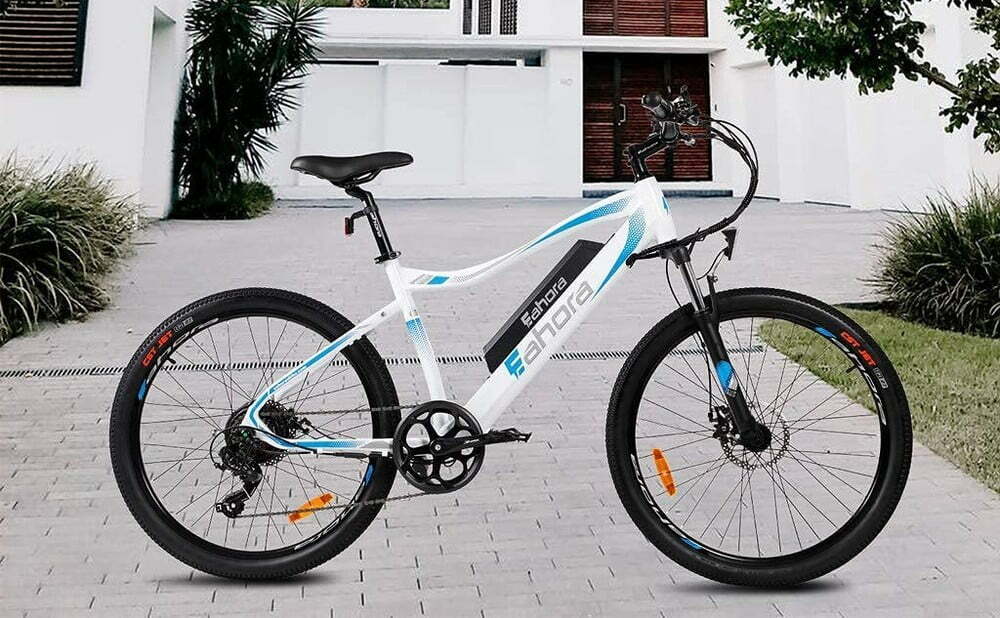
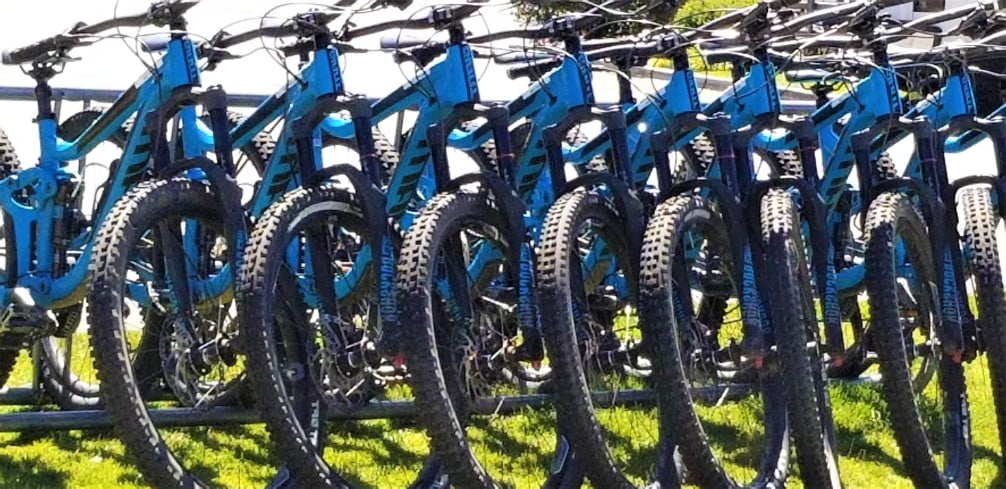

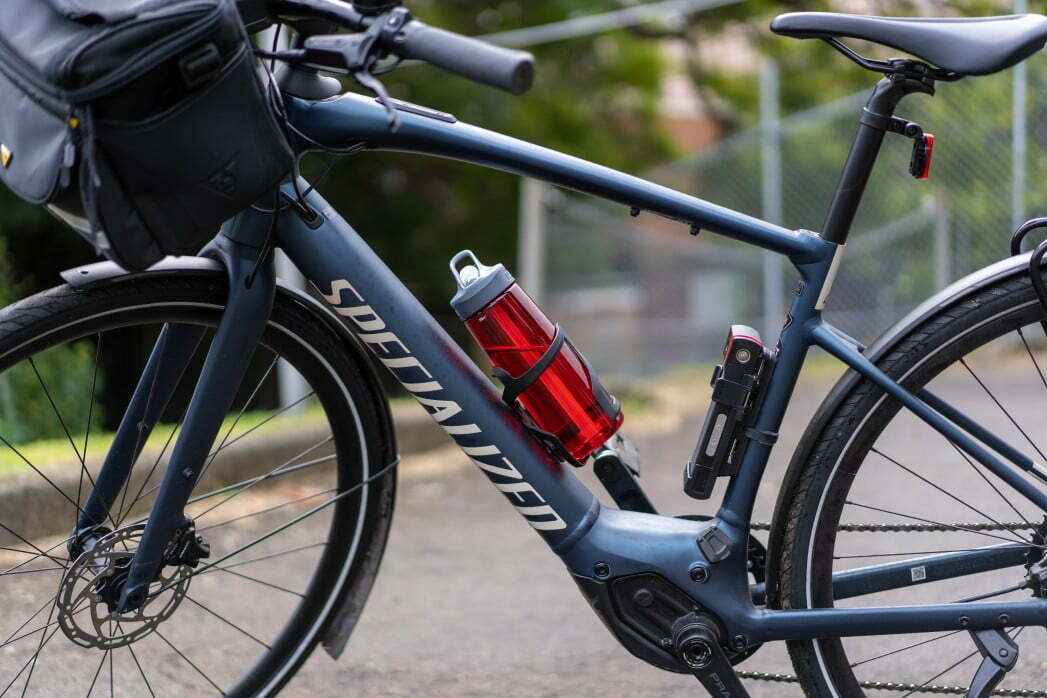
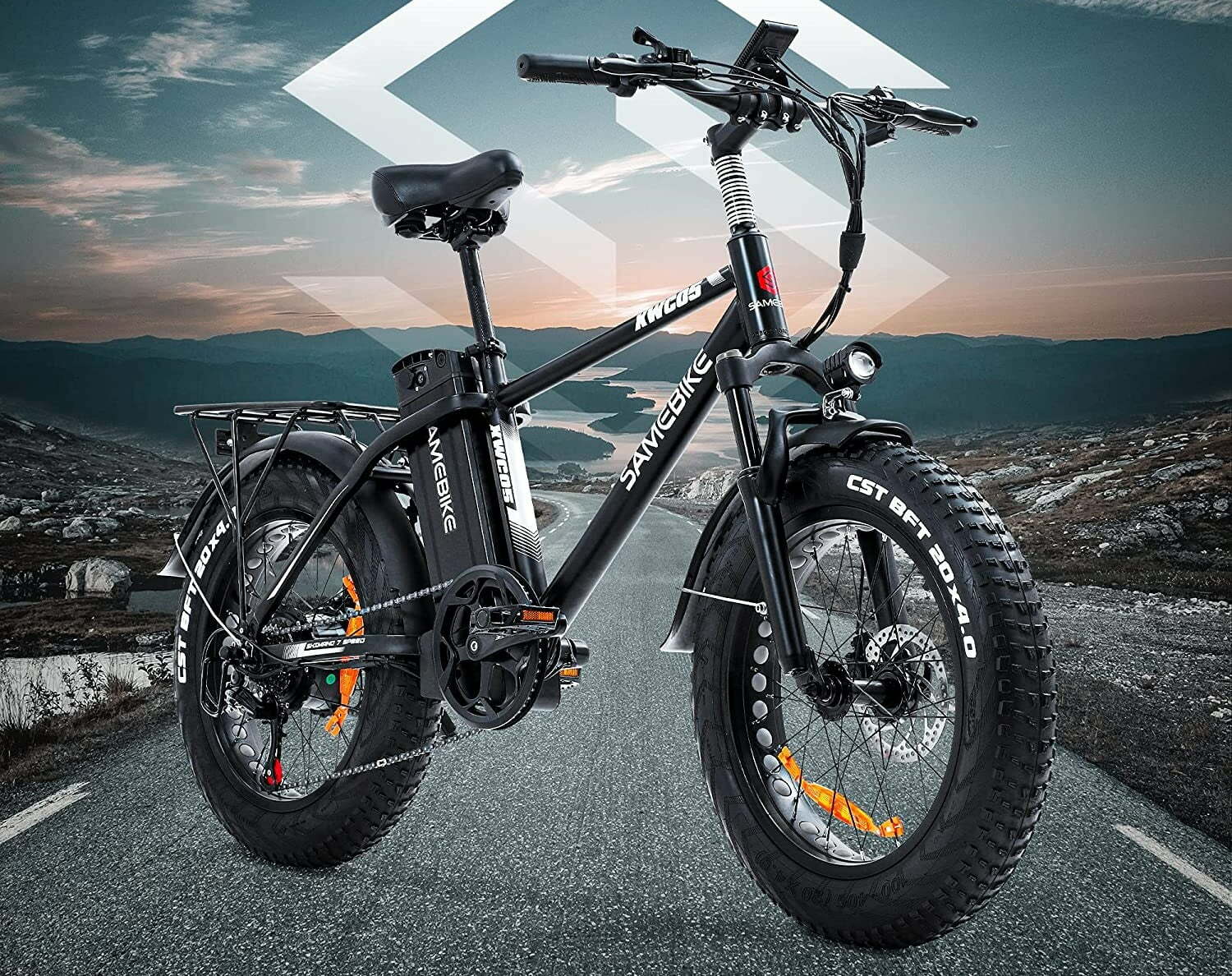
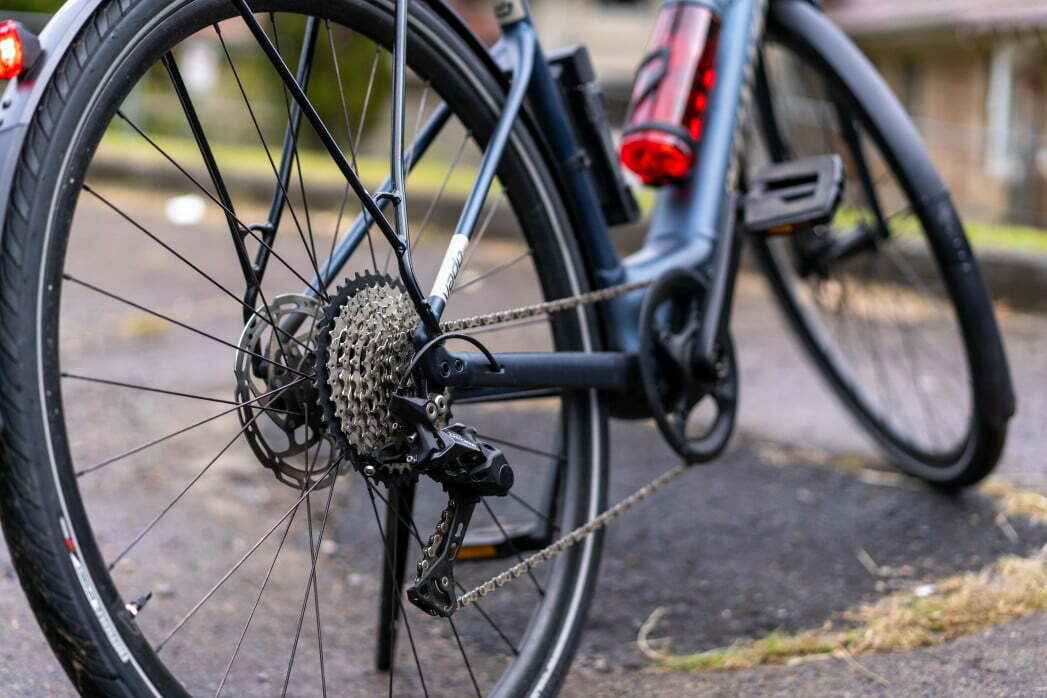
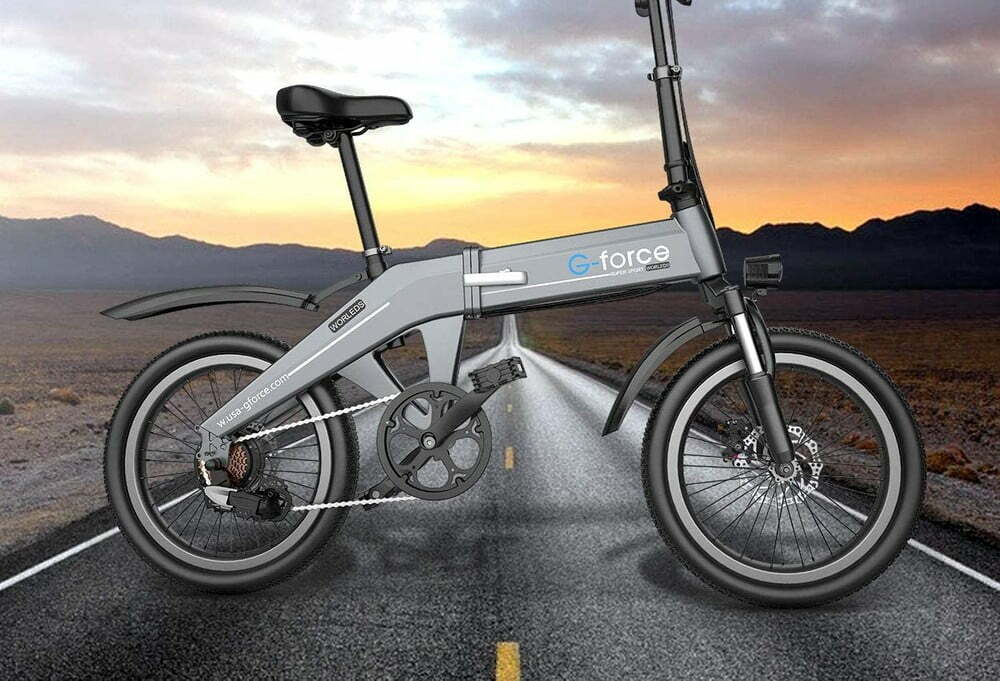
![Best Electric Bike in [year] ([month] Reviews) 27 Best Electric Bike in 2026 (January Reviews)](https://www.gadgetreview.dev/wp-content/uploads/elby-s9-750x422-1.png)
![Best Bikes in [year] ([month] Reviews) 28 Best Bikes in 2026 (January Reviews)](https://www.gadgetreview.dev/wp-content/uploads/cheapest-electric-bikes-1.jpg)
![Best Front Drive Electric Motor Bikes in [year] 29 Best Front Drive Electric Motor Bikes in 2026](https://www.gadgetreview.dev/wp-content/uploads/best-front-drive-electric-motor-bikes-image.jpg)
![Best Cannondale Electric Bikes in [year] 30 Best Cannondale Electric Bikes in 2026](https://www.gadgetreview.dev/wp-content/uploads/best-cannondale-electric-bikes-image.jpg)
![Best Luna Cycle Electric Bikes in [year] 31 Best Luna Cycle Electric Bikes in 2026](https://www.gadgetreview.dev/wp-content/uploads/Luna-Cycle-Apex-Electric-Bike.webp)
![Best Rad Power Electric Bikes in [year] 32 Best Rad Power Electric Bikes in 2026](https://www.gadgetreview.dev/wp-content/uploads/best-rad-power-electric-bikes-image.jpg)
![Best Rear Drive Motor Electric Bikes in [year] 33 Best Rear Drive Motor Electric Bikes in 2026](https://www.gadgetreview.dev/wp-content/uploads/best-rear-drive-motor-electric-bikes-image.jpg)
![Best Ebike Conversion Kits in [year] 34 Best Ebike Conversion Kits in 2026](https://www.gadgetreview.dev/wp-content/uploads/best-ebike-conversion-kit.jpg)
![Best Electric Bike Locks in [year] 35 Best Electric Bike Locks in 2026](https://www.gadgetreview.dev/wp-content/uploads/best-electric-bike-locks-image.jpg)
![Ebikes with Longest Range in [year] 36 Ebikes with Longest Range in 2026](https://www.gadgetreview.dev/wp-content/uploads/best-ebike-with-longest-range-image.jpg)
![Best Electric Bike Trailers in [year] 37 Best Electric Bike Trailers in 2026](https://www.gadgetreview.dev/wp-content/uploads/best-electric-bike-trailers-image.jpg)
![Best Bike Rack for Electric Bikes in [year] 38 Best Bike Rack for Electric Bikes in 2026](https://www.gadgetreview.dev/wp-content/uploads/best-bike-rack-for-electric-bikes-image.jpg)
![Best Electric Bike Helmets in [year] 39 Best Electric Bike Helmets in 2026](https://www.gadgetreview.dev/wp-content/uploads/best-electric-bike-helmets-image.jpg)
![Best Throttle Electric Bikes in [year] 40 Best Throttle Electric Bikes in 2026](https://www.gadgetreview.dev/wp-content/uploads/best-throttle-electric-bike-image.jpg)
![Lightest Electric Bikes in [year] 41 Lightest Electric Bikes in 2026](https://www.gadgetreview.dev/wp-content/uploads/lightest-electric-bike-image.jpg)
![Best Schwinn Electric Bikes in [year] 42 Best Schwinn Electric Bikes in 2026](https://www.gadgetreview.dev/wp-content/uploads/Electric-Bikes-image.jpg)
![Best All Terrain Electric Bikes in [year] 43 Best All Terrain Electric Bikes in 2026](https://www.gadgetreview.dev/wp-content/uploads/best-all-terrain-electric-bike-image.jpg)
![Best Cheapest Electric Bikes in [year] 44 Best Cheapest Electric Bikes in 2026](https://www.gadgetreview.dev/wp-content/uploads/cheapest-electric-bikes.jpg)
